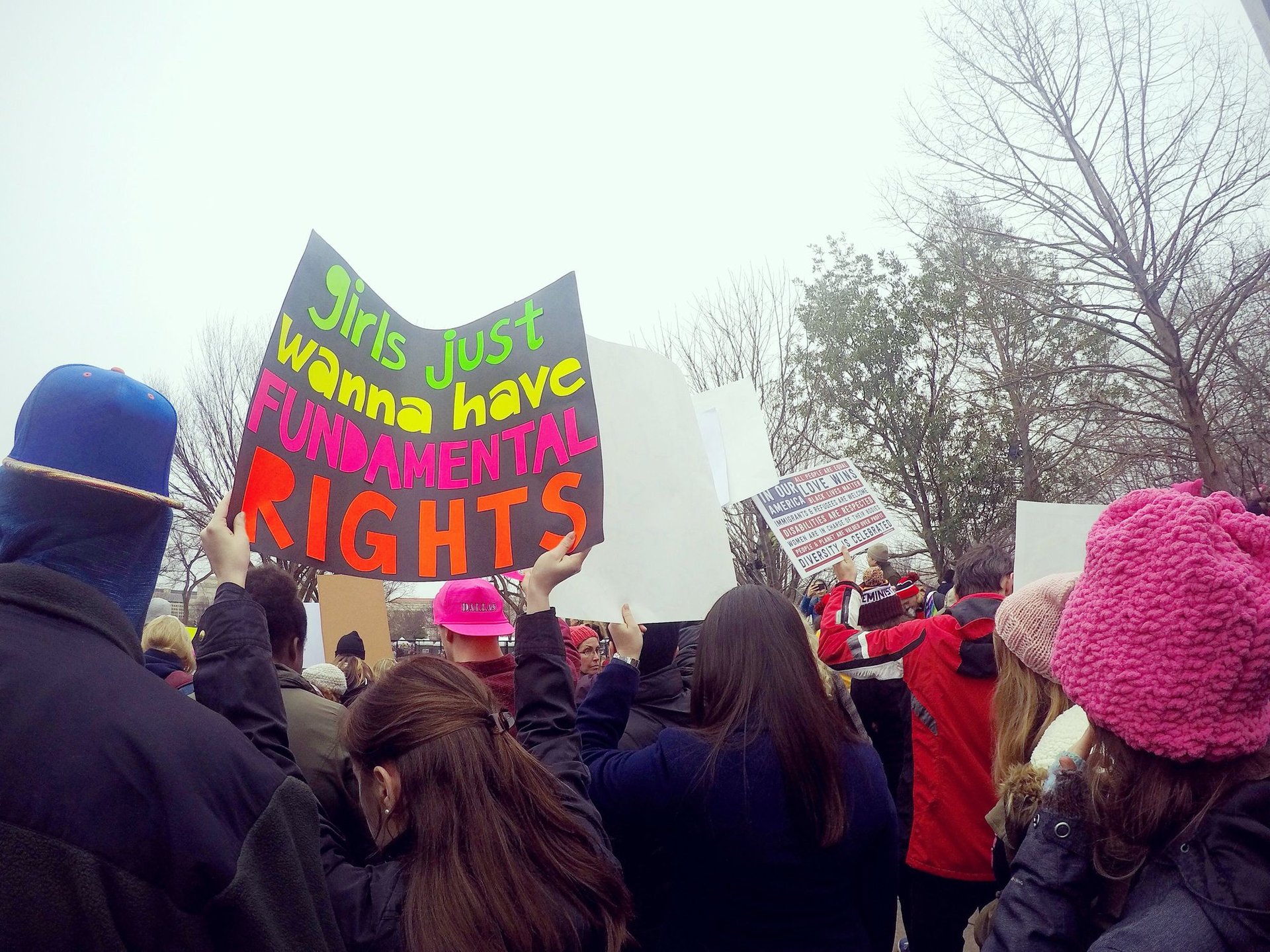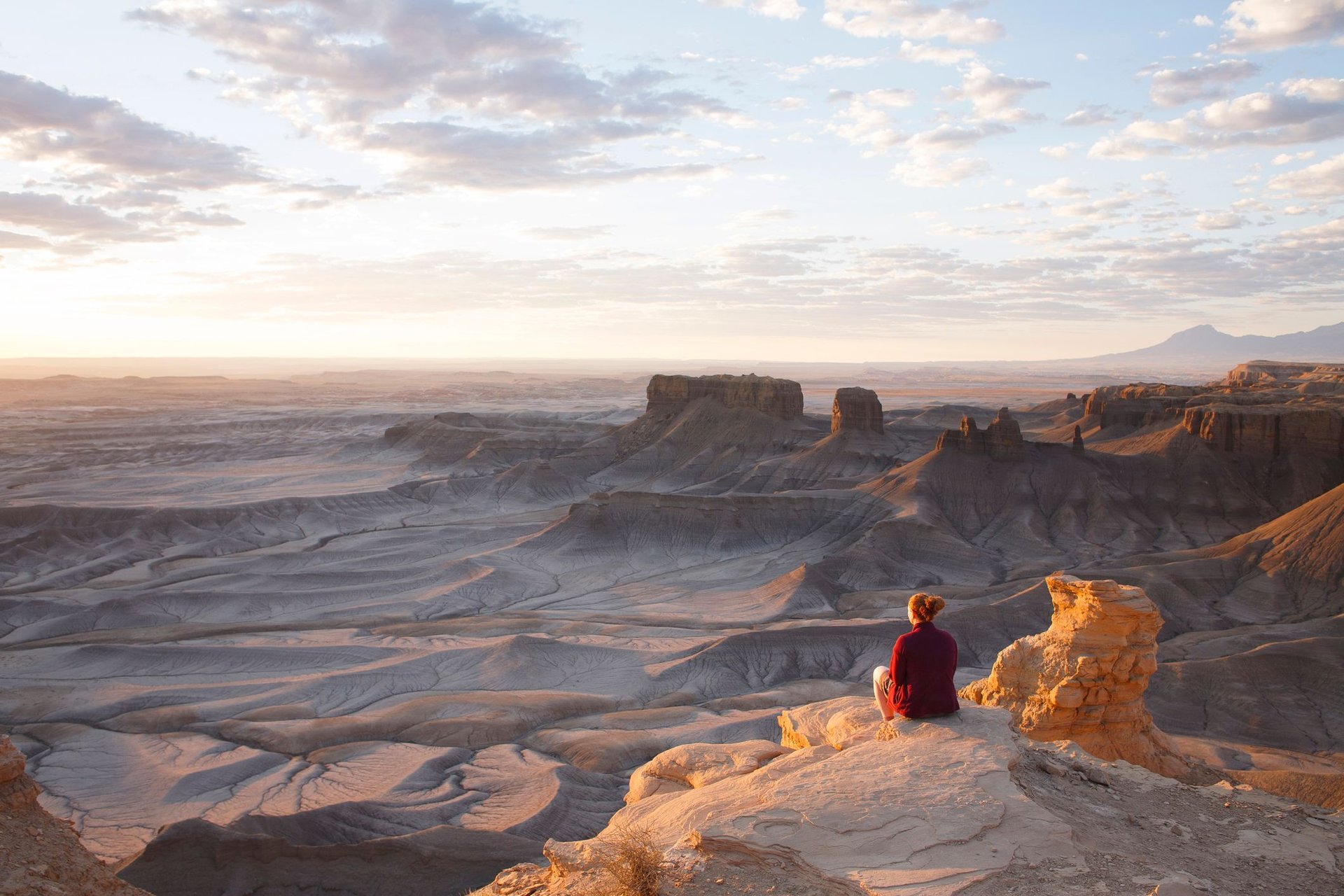The best and worst states for women this Women's Equality Day
A new report looks at gaps in pay, political power, education, and economic security to identify the states with the best opportunities for women

Gender equality in the U.S. remains far from reality. The country still trails much of the world when it comes to gender parity, ranking just 42nd out of 148 countries in the World Economic Forum’s 2025 report on the Global Gender Gap. That’s a slight improvement from last year, sure, but it underscores how uneven progress has been. From income gaps to representation in government, women continue to face systemic barriers that hold them back socially, politically, and economically.
In honor of Women's Equality Day on August 26, WalletHub compared all 50 states across 17 key indicators of gender equality. These included disparities in income, executive positions, and poverty rates, along with gaps in health care affordability, educational attainment, and representation in government.
“Ensuring women’s equality requires more than simply giving men and women the same fundamental rights," said WalletHub analyst Chip Lupo. "States also need to work to make sure that women receive equal treatment to men when it comes to financial opportunities, education, and politics."
Continue reading to see which states ranked the highest and the lowest — and why.
2 / 11
5th best: Oregon

Francesco Vaninetti Photo / Getty Images
Oregon lands in the top five thanks to some of the smallest disparities in leadership and education. Women in Oregon experience far less of a gap in executive positions and advanced degree attainment compared to men. The state also boasts one of the smallest differences in unemployment rates by gender.
3 / 11
4th best: Maine

Chris Bennett / Getty Images
Maine ranks highly due to its narrow income and unemployment gaps. Women in Maine earn closer to what men do compared to much of the country, and the state also shows one of the smallest differences in poverty rates by gender. While gaps remain in executive roles and hours worked, Maine scores well on affordability and economic security for women.
4 / 11
3rd best: Maryland

Kevin Fleming / Getty Images
Maryland’s third place ranking stems from strong outcomes in education and leadership. Women in the state have higher rates of advanced-degree attainment, and the state has one of the smallest disparities in math test scores. Maryland also has among the lowest gaps in job security and economic security.
5 / 11
2nd best: Nevada

carlo alberto conti / Getty Images
Nevada stands out primarily for political representation, ranking first in its share of female lawmakers at both the state and federal levels. It also posts some of the narrowest gaps in higher-income earnings and executive positions. Still, disparities remain in minimum-wage employment.
6 / 11
Best: Hawaii

Tyler D. Rickenbach / Aurora Photos / Getty Images
Hawaii claims the top spot overall, thanks to consistently low disparities across nearly every metric. It ranks best in unemployment and job security equality, with women nearly as secure in their jobs as men. Women also face relatively small income and leadership gaps and benefit from strong protections in state-level governance. While no state has fully closed the gender divide, Hawaii comes closest.
7 / 11
5th worst: Louisiana

wanderluster / Getty Images
Louisiana sits near the bottom due to wide gaps in income, poverty, and economic security. Women in the state earn far less than men, are more likely to work in low-wage jobs, and face some of the highest poverty rate disparities nationwide. Representation in leadership remains limited as well.
8 / 11
4th worst: Arkansas

Boogich / Getty Images
Arkansas struggles with major disparities in both wages and political representation. Women here face a steep income gap compared to men and are underrepresented in elected office. Poverty rates are also far higher for women than for men.
9 / 11
3rd worst: Idaho

Mathieu Young / Getty Images
Idaho posts some of the widest gaps in leadership and work opportunities. Women here are far less likely to hold executive positions or advanced degrees, and disparities in weekly income are among the nation’s largest. The state also ranks poorly in representation, with women underrepresented in government roles.
10 / 11
2nd worst: Texas

Inti St Clair / Getty Images
Texas struggles across nearly every metric, from pay equity to political representation. Women in Texas face one of the largest disparities in higher-income earnings and continue to be underrepresented in the state legislature and executive offices. Gaps in job security and economic stability are also pronounced.
11 / 11
Worst: Utah

Gary Yeowell / Getty Images
Utah ranks last due to wide disparities in nearly every category measured. Women earn far less than men, are significantly underrepresented in leadership positions, and face some of the largest gaps in political office nationwide. Work-hour and income disparities also rank among the worst in the country.
